Gene editing in organoids: accounting for complexity in drug discovery
Drug Discovery World
JANUARY 12, 2023
The genome is the blueprint for life, consisting of genes made up of thousands of pairs of DNA bases. Altering one base pair can drastically change how the gene’s protein product functions, while mutations can lead to the development of a range of genetic disorders. . What are organoids? .

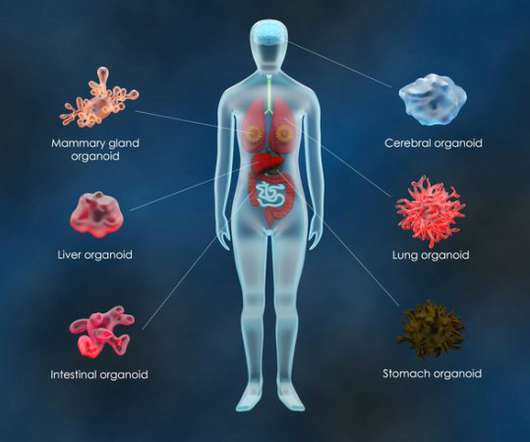
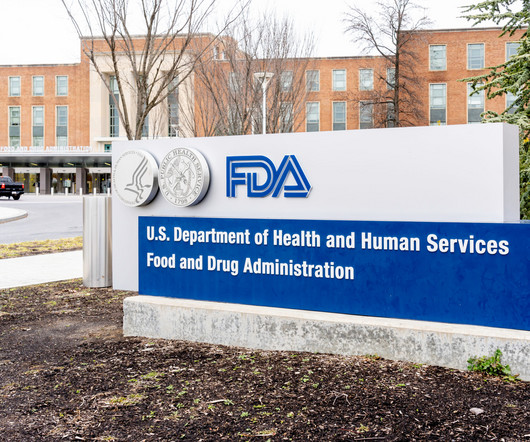
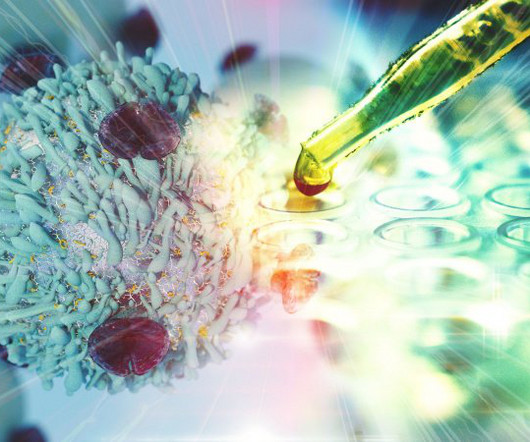

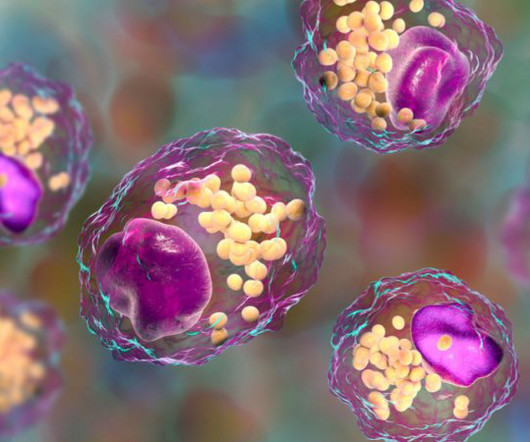
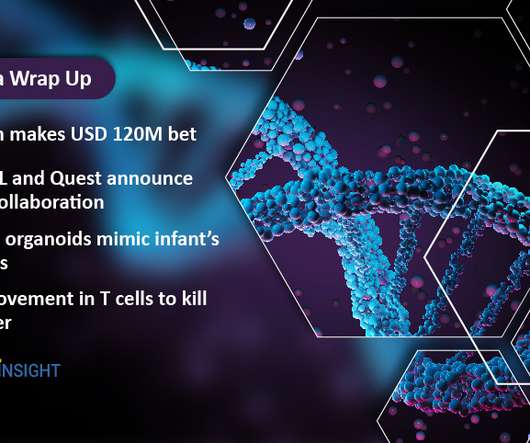


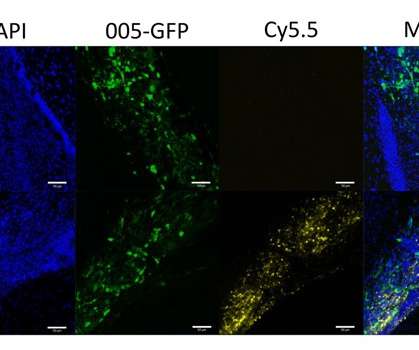

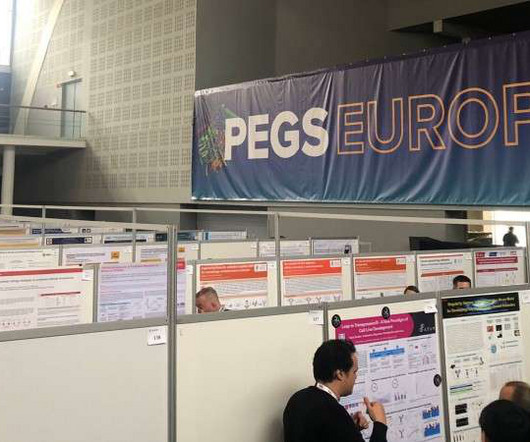
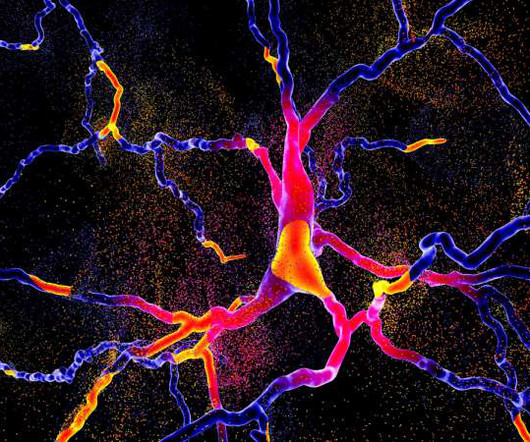







Let's personalize your content